Related Research Articles

The Canadian Security Intelligence Service is a foreign intelligence service and security agency of the federal government of Canada. It is responsible for gathering, processing, and analyzing national security information from around the world and conducting covert action within Canada and abroad. CSIS reports to the Minister of Public Safety, and is subject to review by the National Security and Intelligence Review Agency.
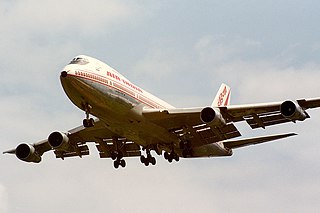
Air India Flight 182 was a passenger flight operating on the Montreal–London–Delhi–Mumbai route, that on 23 June 1985, disintegrated over the Atlantic Ocean as a result of an explosion from a bomb planted by Canadian Sikh terrorists. It was operated using a Boeing 747-237B registered VT-EFO. The incident happened en route from Montreal to London at an altitude of 31,000 feet (9,400 m). The remnants of the aircraft fell into the sea approximately 190 kilometres off the coast of Ireland, killing all 329 people on board, including 268 Canadian citizens, 27 British citizens, and 24 Indian citizens. The bombing of Air India Flight 182 is the worst terrorist attack in Canadian history, the deadliest aviation incident in the history of Air India and was the world's deadliest act of aviation terrorism until the September 11 attacks in 2001. The mastermind behind the bombing was believed to be Inderjit Singh Reyat, a dual British-Canadian national, who pleaded guilty in 2003 and Talwinder Singh Parmar, a Canadian Sikh separatist leader, who was one of the key individuals associated with the militant group Babbar Khalsa.

CSI: NY is an American police procedural television series that ran on CBS from September 22, 2004, to February 22, 2013, for a total of nine seasons and 197 original episodes. The show follows the investigative team of NYPD forensic scientists and police officers identified as "Crime Scene Investigators" as they unveil the circumstances behind mysterious and unusual deaths, as well as other crimes. The series is an indirect spin-off from the veteran series CSI: Crime Scene Investigation and a direct spin-off from CSI: Miami, during an episode in which several of the CSI: NY characters made their first appearances. It is the third series in the CSI franchise.
A surgical strike is a military attack which is intended to damage only a legitimate military target, with no or minimal collateral damage to surrounding structures, vehicles, buildings, or the general public infrastructure and utilities.
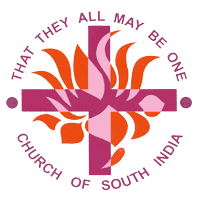
The Church of South India (CSI) is a united Protestant Church in India. It is the result of union of a number of Protestant denominations in South India that occurred after the independence of India.
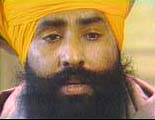
Talwinder Singh Parmar was a Sikh militant and the mastermind of the 1985 Air India Flight 182 bombing, which killed 329 people. It was the worst single incident of aviation terrorism in history until the September 11 attacks in the United States. In addition, another bomb was meant to explode aboard Air India Flight 301 in Japan the same day, but it exploded while the plane was still grounded, killing two people. Parmar was also the founder, leader, and Jathedar of Babbar Khalsa International (BKI), better known as Babbar Khalsa, a Sikh militant group involved in the Khalistan movement.
The Security Intelligence Review Committee was a committee of Privy Councillors that was empowered to serve as an independent oversight and review body for the operations of the Canadian Security Intelligence Service (CSIS). The SIRC was established in 1984 as a result of the reorganization of Canadian intelligence agencies recommended by the McDonald Commission investigating the illegal activities of the former RCMP Security Service.
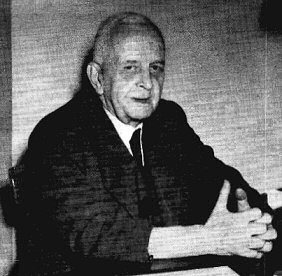
Brigadier William Harry Evans was a lepidopterist and British Army officer who served in India. He documented the butterfly fauna of India, Burma and Ceylon in a series of articles in the Journal of the Bombay Natural History Society. Brigadier Evans was especially interested in the taxonomy and systematics of the butterfly families Lycaenidae and Hesperiidae an example being his A revision of the Arhopala group of Oriental Lycaenidae Bull. British Mus. , Ent., vol. 5: pp. 85–141 (1957).
John Reid Morden was a Canadian civil servant who was the director of the Canadian Security Intelligence Service from 1988 to 1992. From 1991 to 1994, Morden served as deputy minister of foreign affairs.
Thomas D'Arcy "Ted" Finn was the first director of the Canadian Security Intelligence Service (CSIS), serving from 1984 until 1987. He resigned after it was revealed that CSIS had filed an "inaccurate and misleading" affidavit to acquire a warrant for a wiretap.
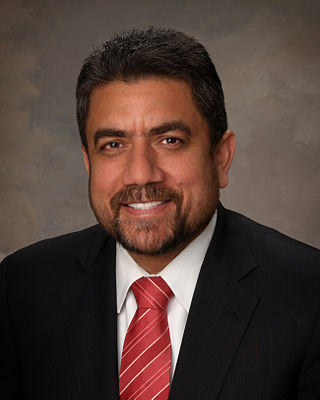
Sukhminder "Sukh" Singh Dhaliwal is a Canadian businessman and politician, who has served as the Liberal Member of Parliament for Surrey—Newton since 2015. He was previously the Member of Parliament for Newton—North Delta from 2006 to 2011.
James S. Warren was the director of the counter-terrorism branch of the Canadian Security Intelligence Service (CSIS) in 1985 at the time of the Air India bombing. Mel Deschenes is alternatingly referred to as having held the same position at the same time.
Santokh Singh Bagga was a Canadian Security Intelligence Service (CSIS) informant who helped with the investigation of the 1985 Air India bombing.
Mel Deschenes was the director-general of the counter-terrorism branch of the Canadian Security Intelligence Service in 1985 at the time of the Air India bombing. James S. Warren is alternatingly referred to as having held the position of director-general at the same time.

Guru Nanak Dev Engineering College is one of the oldest engineering institutions of the northern region situated at Gill Park, Ludhiana, Punjab, India. The foundation stone of the college was laid on 8 April 1956 by Hon'ble Dr. Rajendra Prasad, the first President of India. The college has been named after 1st Sikh Guru Guru Nanak Dev Ji.
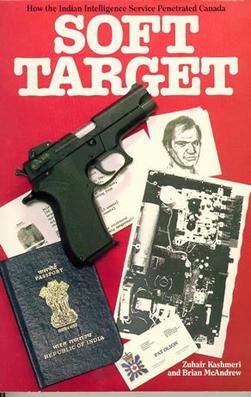
Soft Target: How the Indian Intelligence Service Penetrated Canada is an investigative journalism book written by Canadian reporters Zuhair Kashmeri and Brian McAndrew. The authors define a "soft target" as "an espionage term used for any country, institution or group of people very easy to penetrate and manipulate for subversive purposes" and argue that the Canadian Sikh community was a soft target of a covert operation by the Indian government during the 1980s. The book also makes a claim that Indian intelligence agencies not only penetrated the Sikh community in order to discredit them worldwide and halt the momentum of the demand of an independent Sikh state, but also manipulated the Royal Canadian Mounted Police (RCMP) and Canadian Security Intelligence Service (CSIS).

Canada has been a member of the North Atlantic Treaty Organization (NATO) since its inception in 1949.
Malkiat Singh Sidhu was the former Planning Minister of Punjab, India. He was a member of the Akali Dal political party. In 1986, he was named Minister of State.
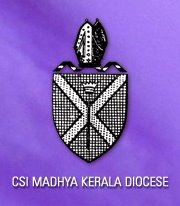
The Madhya Kerala Diocese is one of the twenty-four dioceses of the Church of South India covering the central part of Kerala. When the Church of South India was formed on 27 September 1947, the diocese was called the Diocese of Central Travancore. It was a part of the erstwhile Anglican Diocese of Travancore and Cochin founded in 1879. The Diocese was later renamed as the Diocese of Madhya Kerala.

Bidar Air Force Station,, is a second largest flight training center in India. It is established by the Indian Air Force and It was founded during World War II and has been a training center for Indian Air Force pilots since 1963. Trainer aircraft like the HAL HT-2 and variants of HAL HJT-16 Kiran have been used at the airbase for nearly four decades. In 2011, the station was remodeled and refurbished, with the runway extended to 9000 feet and new facilities for aircraft engine maintenance and testing added.
References
- 1 2 3 CBC, Crime Files: The Mole, August 27, 2003
- ↑ WSWS, Twenty years since the Air India bombins, July 29, 2005